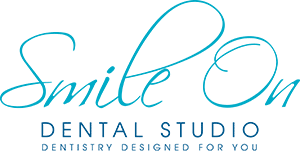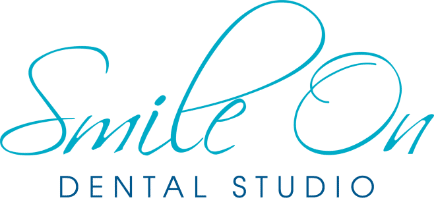What Makes Neuromuscular Orthodontics Different Than Traditional Braces?

Traditional braces focus solely on creating a straight smile by bringing teeth together without any respect for the function of your jaw joint or muscles. Traditional orthodontics assume that the muscles and joints will adapt to their new position without any trouble. After teeth are straightened to their ideal form, they now dictate how the bite comes together instead of letting the muscles dictate this. Although this method works, it may result in other issues with the muscles and joints if they don’t adapt properly.
Dr. Chris Hill uses neuromuscular orthodontics as a practical approach to aligning the teeth, muscles, and joints to their optimal position for complete harmony in the mouth. To complete this treatment, he utilizes arch expansion to create better jaw function, movement, and facial aesthetics. Prior to treatment, Dr. Hill works with patients to create their own personalized dental plan that outlines their specific goals and needs.
To create your personalized dental plan, we evaluate each patient using photographs, x-rays, and models for a complete skeletal and full aesthetic analysis. With this information, Dr. Hill has a better understanding of how your muscles, joints, and teeth work together. He then uses this to reposition the lower jaw into a relaxed and stable position. Patients who suffer from TMJ symptoms like muscle stiffness in the neck and head, clenching or grinding, sore jaws or migraines may require additional tests to determine the best position.
TMJ Treatment Phase 2
 In most cases, neuromuscular orthodontics is one way to approach phase 2 of TMJ treatment. Phase 1 is when Dr. Hill determines the proper position for the joints and lower jaw. During this stage, the patient will wear an orthotic over the lower teeth to reposition the lower jaw into its relaxed and stable bite. You and Dr. Hill will evaluate your new bite to see if any changes need to be made to achieve optimal function and aesthetics. Once Dr. Chris Hill approves of the new bite and you are free of TMJ symptoms, phase 2 begins.
In most cases, neuromuscular orthodontics is one way to approach phase 2 of TMJ treatment. Phase 1 is when Dr. Hill determines the proper position for the joints and lower jaw. During this stage, the patient will wear an orthotic over the lower teeth to reposition the lower jaw into its relaxed and stable bite. You and Dr. Hill will evaluate your new bite to see if any changes need to be made to achieve optimal function and aesthetics. Once Dr. Chris Hill approves of the new bite and you are free of TMJ symptoms, phase 2 begins.
Not all patients are required to go into phase 2. If the patient does decide to pursue orthodontics for phase 2, the teeth are now permanently moved into their position. Since their ideal position was determined at the beginning of treatment, Dr. Chis Hill has a clear understanding of where the treatment needs to end for the patient to maintain a healthy bite.
The results of neuromuscular orthodontics allow for:
- Facial Symmetry and proper proportions
- A fuller, broader smile
- Non-surgical Facelift by developing/re-establishing proper proportions and jaw position
- A more youthful appearance
- A more stable bite that is not as prone to relapse from outside influences
The treatment time for neuromuscular orthodontics range from 9 to 24 months, depending on how severe of movement is necessary. This type of orthodontics is much different than 6 Month Smiles. During your consultation with Dr. Chris Hill, all of your options will be explored for the most effective and efficient treatment for your needs. Some treatments may even require restorative work to be effective. No two patients are the same which is why it’s important to visit us for a consultation for your personalized treatment plan.
Wondering if neuromuscular orthodontics in St. Louis are right for you? Please call (314) 678-7876 today for an appointment with TMJ dentist Dr. Chris Hill at Smile On Dental Studio in Richmond Heights, MO.

